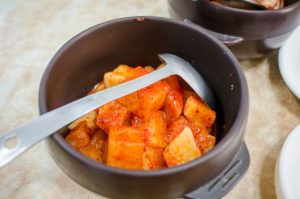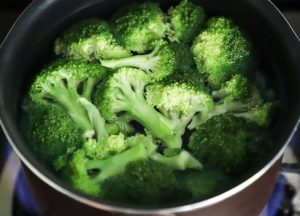Exploring Southeast Asian Flavors at Home
When it comes to food, Southeast Asia is a rich and diverse region with a wide array of flavors and ingredients. From spicy curries in Thailand to savory noodles in Vietnam, exploring the unique and vibrant dishes of this part of the world is a culinary adventure unlike any other. While travel may be off-limits at the moment, why not bring a taste of Southeast Asia into your own home? In this article, we will delve into the fascinating world of Southeast Asian flavors, and how you can recreate them in your own kitchen.
The Flavors of Southeast Asia
The cuisines of Southeast Asia are known for their bold and complex flavors, often incorporating a combination of sweet, sour, spicy, and salty elements. This is due to the variety of ingredients and cooking techniques used in the region, influenced by the diverse cultural and historical backgrounds of each country.
Thailand: The Land of Spices
Thai cuisine is perhaps the most well-known and beloved in Southeast Asia. With its aromatic curries, tangy salads, and fiery stir-fries, Thai food is a party for the taste buds. The secret to Thai dishes lies in the use of fresh herbs and spices such as lemongrass, kaffir lime leaves, and galangal, which are used to create the signature balance of flavors.
A must-try dish for any Thai food enthusiast is the ubiquitous green curry. Made with a paste of green chilies, lemongrass, and other fragrant herbs, this curry has a well-rounded flavor that is both spicy and savory. Paired with rice and your choice of protein, this dish is a staple in most Thai households.
Vietnam: A Symphony of Ingredients
Vietnamese cuisine is characterized by its fresh and vibrant flavors, with an emphasis on balancing textures and ingredients. The use of herbs and vegetables plays a central role in Vietnamese dishes, with the famous pho being a prime example.
Pho is a noodle soup made with a flavorful broth, thin slices of beef or chicken, and an abundance of fresh herbs. The unique blend of spices, including star anise and cinnamon, gives the dish its distinctive taste. The addition of bean sprouts and lime juice adds a refreshing element, making this dish a perfect balance of flavors.
Malaysia: A Fusion of Cultures
Due to its history as a trading port, Malaysian cuisine is a melting pot of different cultures and flavors. Malay, Chinese, and Indian influences are evident in the diverse range of dishes, making it a truly unique culinary experience.
A signature dish of Malaysia is nasi lemak, which consists of fragrant coconut rice served with a variety of side dishes such as spicy sambal, fried anchovies, and hard-boiled eggs. The combination of spicy, sweet, and savory flavors in this dish reflects the diverse cultural influences of Malaysia.
Bringing Southeast Asian Flavors into Your Home
While the thought of recreating these complex and flavorful dishes at home may seem daunting, there are plenty of resources and ingredients available to make it possible. Here are some tips for incorporating Southeast Asian flavors into your cooking:
Invest in Essential Ingredients
The key to achieving authentic flavors is to have the necessary base ingredients in your pantry. Stocking up on items such as curry paste, fish sauce, and rice vinegar will make it easier for you to whip up a delicious Southeast Asian dish at any time.
Be Creative with Substitutions
With many Southeast Asian ingredients not readily available in all parts of the world, it may be necessary to make substitutions. For example, if you can’t find fresh kaffir lime leaves for your Thai curry, you can use lime zest as a substitute. Don’t be afraid to experiment and use what you have on hand.
Follow Authentic Recipes
The internet is a treasure trove of Southeast Asian recipes, with many talented chefs and home cooks sharing their favorite dishes. By following authentic recipes, you can ensure that you are using the right ingredients and techniques to achieve the best flavors.
Bringing the flavors of Southeast Asia into your home is not only a delicious experience, but it also allows you to learn more about the diverse cultures of the region. With a little bit of practice and experimentation, you can be on your way to creating mouth-watering dishes that will transport your taste buds to this vibrant part of the world.
In Conclusion
Exploring Southeast Asian flavors at home is a wonderful way to broaden your culinary horizons and discover new and exciting dishes. Whether you are a seasoned cook or just starting out, there is always something to learn and experience when it comes to the vibrant and delicious cuisines of Southeast Asia.










